Classical music is rich with history of magnificent music, compelling divas, and innovative composers. Not every world premiere was grand, however. This Month in Classical Music History is a series dedicated to finding stories of the good, the bad, and the downright weird. This month, we’ve dug up moments from history that are often overlooked. Read about a composer’s poisonous encounter with mushrooms, a prominent opera house, and the first stereo!
August: This Month in Classical Music History
Johann Schobert Eats Mushrooms
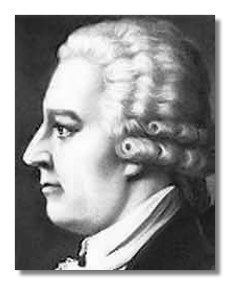
Johann Schobert
Johann Schobert was a composer and harpsichordist in the 18th century. After moving to Paris in 1760 or 1761, Schobert became a well-known harpsichord virtuoso and wrote many sonatas for the instrument. During his time in Paris, Schobert met the Mozart family. Leopold Mozart (W.A. Mozart’s father) acquired some of Schobert’s works. Musical scholars believe that because the young Mozart studied Schobert’s music, there are some indications that he was influenced by his writing style.
Although Schobert’s life is not as well documented as a more prominent composer like Mozart or Haydn, Schobert’s death is documented due its unusual nature. On August 28, 1767 Schobert was having guests over for dinner with his family at his home in Paris. Part of the meal was a course of mushrooms. As the mushrooms were brought to the table, Schobert’s guests exclaimed that the mushrooms were poisonous. Schobert, however, was not convinced; he was confident that the mushrooms were fine to eat. Schobert, his family, and his guests all ate the mushrooms. Not only did Schobert die, but his wife, one of his children, his maid, and four of his guests died that night. Looks like Schobert should have listened to his friends – don’t eat the poisonous mushrooms!
La Scala Opera House
The Teatro alla Scala (commonly referred to as “La Scala”) is an opera house in Milan, Italy. The theater was inaugurated on August 3, 1778. The first performance in La Scala was Antonio Salieri’s two act opera, Europa riconosciuta (“Europe Revealed”)—Yes, that Salieri (and no, he didn’t kill Mozart… but that’s a topic for a different day). La Scala is known for premiering some of the world’s most famous operas; including Verdi’s Otello, Puccini’s Madame Butterfly, Poulenc’s Dialogues of the Carmelites, and many more.
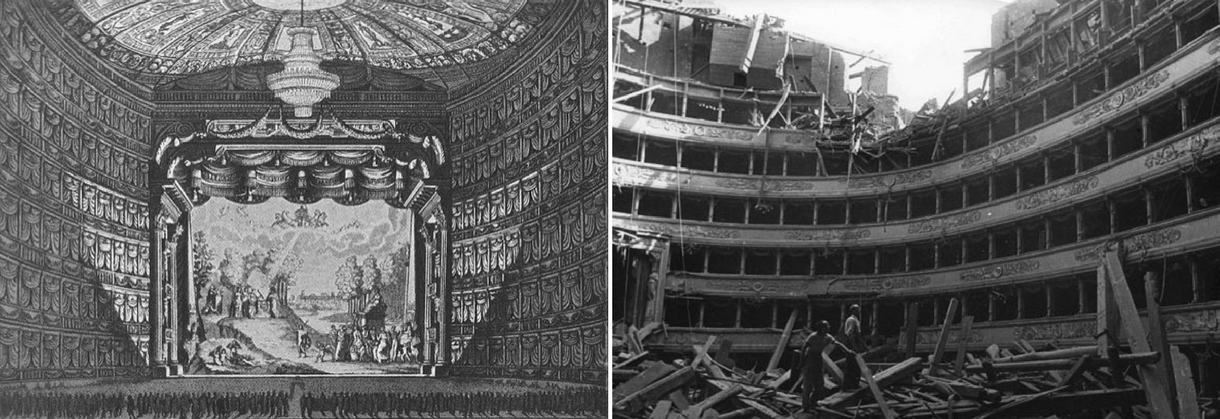
Left: Teatro alla Scala by J. Durelli, 1824. Right: Teatro alla Scala, August 1943. Source.
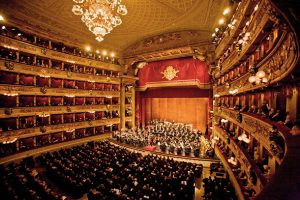
La Scala after the 2004 renovation. Source.
One hundred and sixty-five years after the opening of the Teatro alla Scala, Europe was in the midst of World War II. Between August 13 and 16, 1943, nearly 3,000 tons of bombs were dropped on Milan by the Allied air forces. The theater was severely damaged, but was hastily rebuilt and opened once again in 1946. Since then, the theater has undergone minor renovations. In 2002, however, the theater began a major renovation project, and from 2002-2004 the theater was closed as improvements were made. Now, audiences that go to La Scala hear a much improved acoustic space and a high-tech electronic libretto system. The electronic libretto system houses monitors in every seat that allow audience members to read the words being sung in Italian or English.
The First Stereo
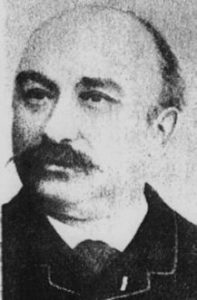
Clement Ader, c. 1891.
The name Clément Ader might be unfamiliar to anyone who hasn’t studied the history of aviation. Ader went down in history for his work on developing mechanical flight and writing L’Aviation Militaire, a book that predicts the invention of aircraft carriers. What does a French aircraft engineer have to do with classical music?
Before his work on aviation, Ader was an electrical engineer. He was responsible for establishing the telephone network in Paris in 1880. Ader took the concept of a telephone network a step further and through his invention of the théâtrophone created a way to broadcast opera performances directly into someone’s home. The théâtrophone, which was first demonstrated in August 1881 at the World Expo in Paris, was a system that allowed sound information to travel by telephonic transmission. The listener was given a separate channel for each ear – allowing for stereophonic perception. In other words, the théâtrophone was a way for someone to listen to a performance from far away through their telephone. The device also gave each ear a different sound – much like modern headphones.
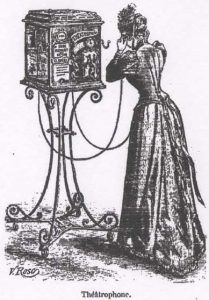
Le théatrophone. An illustration from an 1892 French periodical.
In many ways, the théâtrophone was the predecessor to modern cable radio. It wasn’t just a way to listen to the opera from your home, the théâtrophone pioneered a whole new way to perceive recorded sound. Since the invention of the théâtrophone, engineers have developed and refined stereo listening systems. Although the devices moved away from using phone systems for a time, we have now come full circle with the technology, and most people listen to music on their cell phones. Ader was passionate about aviation; little did he know that his work on stereo recordings would bring so much happiness to generations of music listeners.

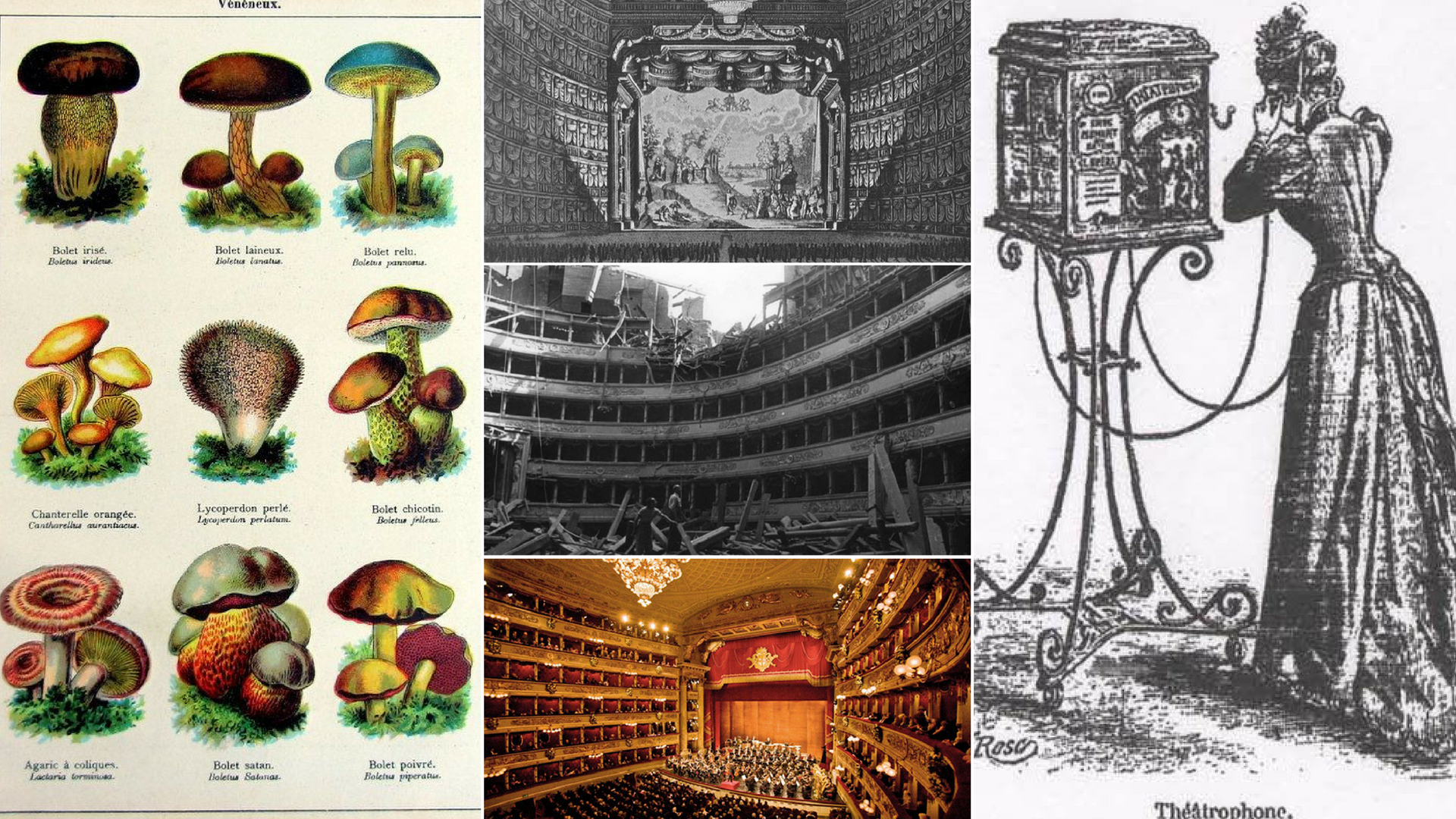





Leave a Reply